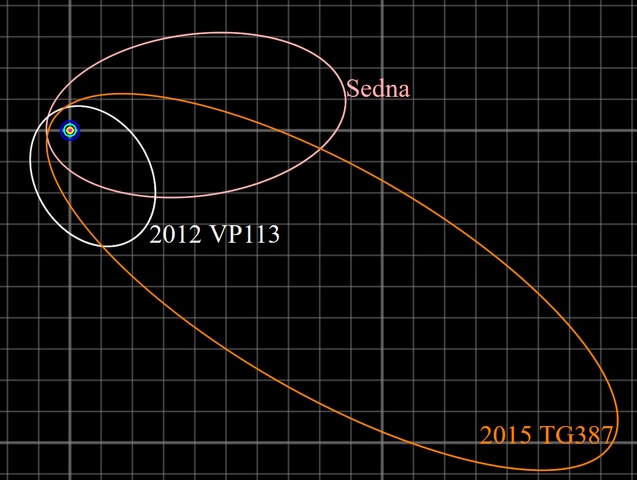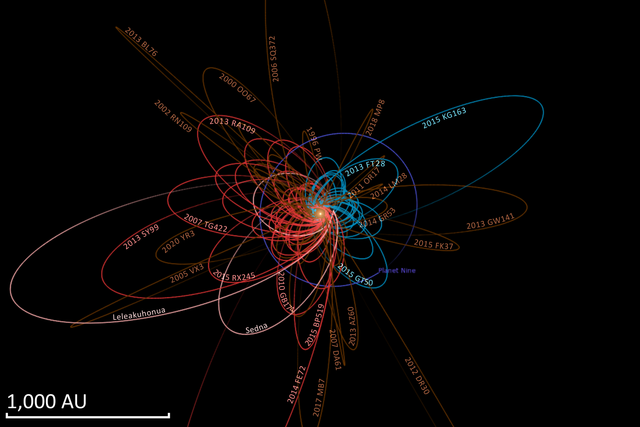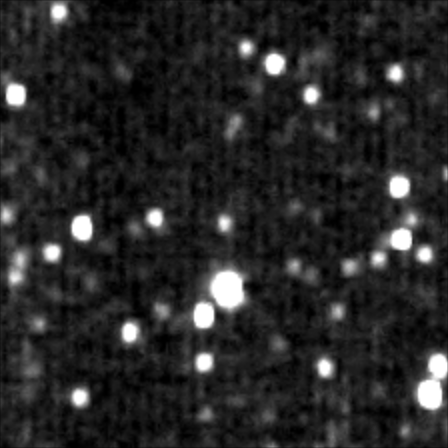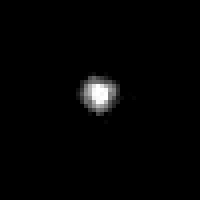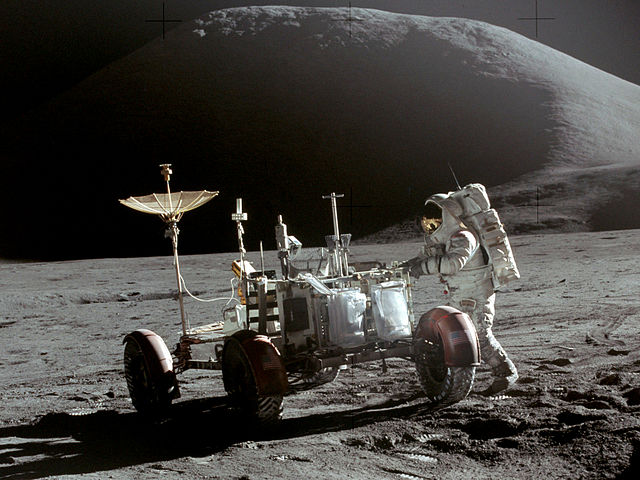1 day / second
0.5 AU
541132 Leleākūhonua
Trans-Neptunian Object
A distant trans-Neptunian object with an extremely elongated orbit that takes it from just beyond Neptune's orbit out to nearly 2,000 AU from the Sun, making it one of the most far-reaching known objects in the Solar System.
Key Facts
orbital regime | Inner Oort Cloud |
learn more | Wikipedia |
mass | 1.0000e+20 kg |
radius | 55 km |
hill radius | 0.017 AU |
semi-major axis | 1,085 AU |
eccentricity | 0.94 |
inclination | 11.654º |
longitude of the ascending node | 300.78º |
argument of periapsis | 117.778º |
orbital period | 35,739.047 years |
surface gravity | 0.225 g |
class | sednoid |
discovery date | October 13, 2015 |
discovered by | Scott S. Sheppard, David J. Tholen, and Chadwick Trujillo |
discovery site | Mauna Kea Observatories |
name origins | Hawaiian name Leleākūhonua meaning "flying through space quickly" |
nickname | The Goblin |
